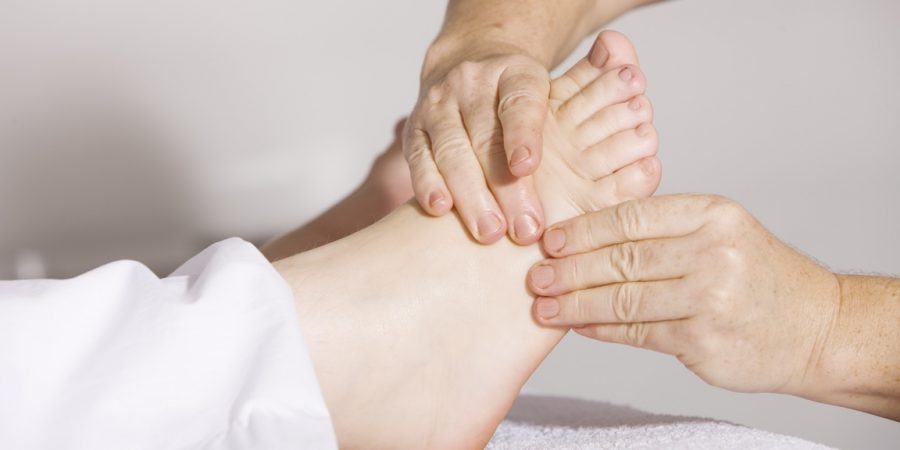Find Your Balance with Balance Physiotherapy at Trinity Centre.
Balance & Gait Disorders

There are many reasons why this condition can cause physical and mental limitations in your daily life. The Trinity team can control your symptoms; in many cases, we can help with your condition by providing balance physiotherapy.
You may have noticed pain in your hips, knees or other joints that have prevented you from walking, and you may find yourself reaching out for a wall, railing or other balanced objects because the balance is not the same as it used to be.
All of these are signs of imbalances or gait disorder. Musculoskeletal disorders and internal neurology can cause or exacerbate problems with balance or gait issues.
Contact Trinity Rehab & Wellness today for more information on the benefits of balance and gait physiotherapy services.
How will Team Trinity help with gait disorder?
Physical rehabilitation is the best option for imbalance and pain in the legs. The Trinity team can provide you with the best ways to improve your balance and gait.
When you first arrive for an initial consultation, the Trinity team will perform a complete physical assessment to consider your balance, gait, posture, medical history and symptoms before developing a treatment plan tailored to your needs. This treatment plan may include:
Vestibular rehabilitation
This physical therapy treatment improves your appearance, muscles, tendons and the entire vestibular system to maintain balance. If you have BPPV, the Trinity team will develop specific tips for moving fluid particles to the correct side of your ear.
Gait retraining exercises
Sometimes it is possible to correct gait failure with “retraining” where the correct methods are learned.
Strengthening exercises
Your assessment will help you identify any problem areas in your body that may need help. The Trinity team will provide you with strengthening exercises that strengthen your muscles, facilitate mobility and reduce the risks you may have.
Stretches
Stretching helps you improve your freedom and mobility. This gives you more control and a faster response to your movements and reduces risk. It also keeps the muscles tight and stiff.
Differences between balance and gait disorder
Balance and gait disorders are closely related, but there are some differences:
Balance disorders
Balance disorders are physical and mental because your brain may think you are moving, even when you are not. Changes in your joints’ strength, mobility, and ability make you realize that your joints in space (proprioception) affect your physical balance.
Gait disorders
Gait disorders can cause irregular walking and running movements and can worsen with age. According to a study of gait disease, 17% of the elderly are responsible for falls.
What caused my balance or gait disorder?
Many people have problems with the vestibular system due to poor balance, low levels of fluid-filled chambers and sensory muscles in the inner ear, and thousands of cell receptors in your joints.
Injury or ailment
While the brain and the nervous system work together, sudden injuries, illnesses, or other diseases that cause muscle weakness can upset your balance and make it harder for you to maintain your body.
What can I do?
Anxiety and balance disorders belong to a family with functional issues that interfere with your knowledge of posture, normal walking or running habits and the ability to stand up.